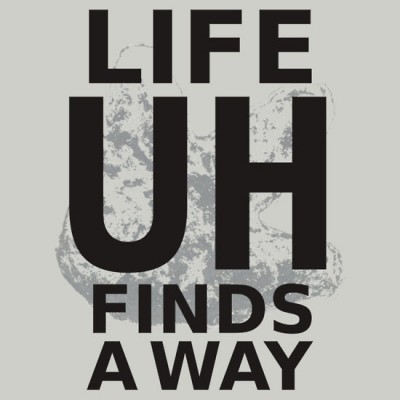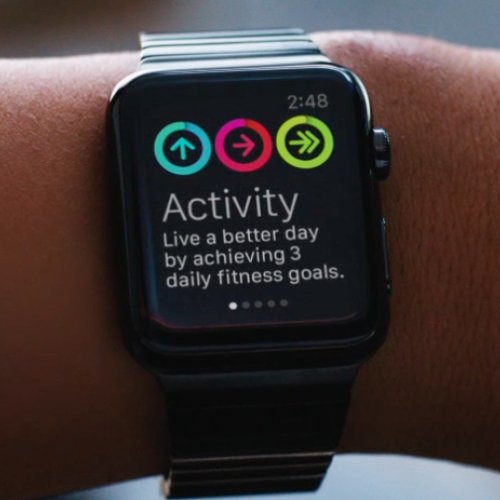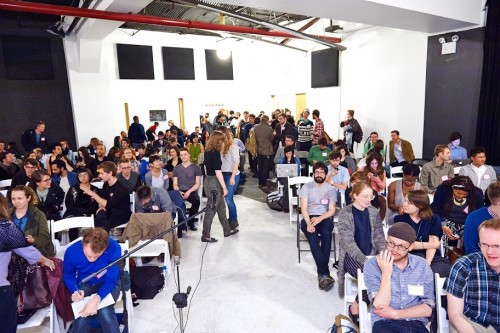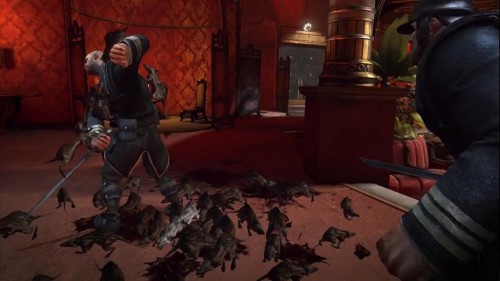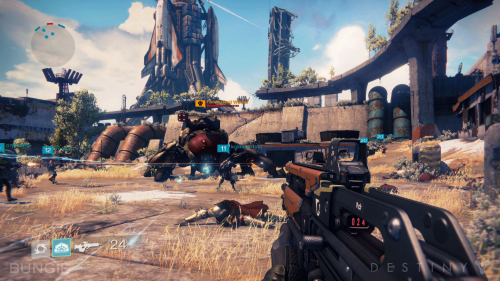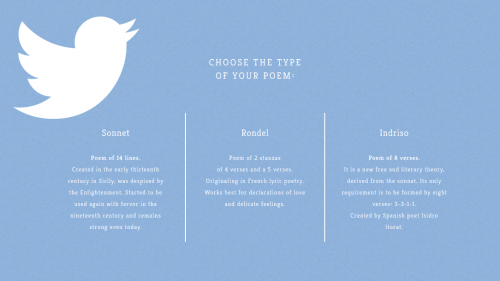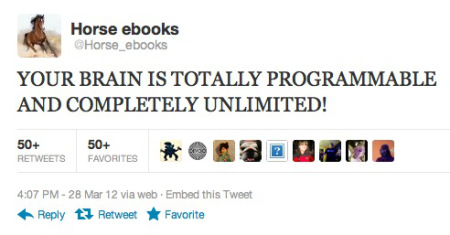“Public sociology”, for me, has always meant teaching. I obviously don’t mean that teaching is the only legitimate kind at all times and in all places, but to the extent that I’m still a sociologist, and a public one, teaching is how I do that. It’s what I feel comfortable with. It’s what I know I can do well, and it gives me real and observable and frequently immediate results, when I get results at all. I convey all this information about an entire discipline, an entire approach to the business of everything in a single semester, I make it as coherent as I can to a bunch of – usually – total beginners, and I hope for the best.
And every semester there’s at least one student who comes up to me and says this is so weird and so cool, I never looked at anything like this before, I didn’t know you could, this is my favorite class now.
(That has already happened in both of the sections of Intro I’m teaching this semester)
But more and more frequently, students are coming up to me – or, alternately, talking to me about it via email and writing assignments – and saying that what they love about the class is how it’s either giving them a vocabulary they can use to articulate stuff they already knew, or augmenting a vocabulary they already possessed.
More and more of my students are coming into these courses already knowing a lot of the concepts I’m teaching them. I used to get some balking when we got to privilege, no small degree of resistance when we started discussions of race and racism. But now I introduce privilege and I see nods. Okay. Yeah. They know this already. It’s not so scary for most of them. They get it. It’s a feature of how they perceive reality. Privilege. Absolutely.
This was especially noticeable to me, the first couple weeks of this semester, because it’s been a year since I taught anything.
I did a bit of mulling before I arrived at what is frankly a pretty obvious conclusion: a significant portion of the work I was there to do was already being done elsewhere.
And going by the number of hands that always go up when I ask how many of them have never taken a sociology course, it’s being done somewhere that isn’t a classroom.
~
I stopped teaching a year ago because my graduate assistantship concluded – and I saw this as an opportunity to find another job for a while, which didn’t happen, so here I am again – but also because I was feeling increasingly disillusioned by what I perceived as the place of teaching in an R1 state school sociology department like the one to which I’m attached. I should be clear: it’s not that we have bad instructors. We have some amazing instructors. We do very good work. We do have people who value teaching as much as it deserves – in my opinion – to be valued.
But I couldn’t escape the feeling that a lot of the rest of it was lip service. That undergraduate teaching was, for many people, an afterthought. It was something you slung at the graduate students because it was a distraction from what the faculty was really there to do.
Look: I fully believe that intro courses are some of – if not the – most important courses any sociology department ever provides. I think they’re everything. I think they’re our one big chance to engage fresh generations of students, many of whom are extremely bright, regardless of whether or not we get sociology majors out of them. I honestly don’t want everyone to walk out of my class as sociology majors. I would prefer that the vast majority don’t. I want people to walk out of my class and go off to work in government, in medicine, in law, in business, in advertising. I want this way of thinking to go everywhere that’s not a sociology department. I don’t think this work can be overvalued. I don’t think it’s possible to do that.
Fight me.
I couldn’t escape the feeling that I was… Well, clearly I wasn’t alone. I know I’m not.
But I felt alone.
So it felt, at that point, like maybe it was time to say goodbye.
~
Here’s what I did on my last class day of the 2014 spring semester: I sat down on a table in front of the class and I just talked. I talked for nearly an hour, with no notes and almost no plan, and I talked without pausing. I told them everything: I told them about the state of a lot of academia, about the probable state of a lot of the departments through which they were moving, about the damage that encroaching capitalism was causing, about the corrosive power of money. I told them about how I felt, about how I had seen some of my brightest fellow students beaten down by what a lot of this whole thing has become, about how this system fails people. About how it fails them. About how a great deal of higher education in this country is increasingly a form of fraud, about the place of students in a university like the one in which I teach. About how I felt, about what I saw when I looked back at the last five years of my graduate career, about how sad I was and how angry and how scared. For myself, and for them.
Clearly my opinion is biased, clearly it shouldn’t be taken at face value, but I swear, looking at them, no one in my position had ever talked to them like that before. A bunch of them stayed after and talked to me for another hour, essentially an extended conversational version of everything I had been saying.
What I closed that speech with – and what I said over and over in the conversation that followed – was what Nathan Jurgenson said to me in a conversation a couple of years back, about this very thing.
I told them that the work that a lot of academia used to do – the work it’s very good at but is being prevented from doing by its own damn self – will still be done. It’ll just increasingly be done elsewhere. It will find a way. It’s the kind of work that can’t really be stopped, even when the framework built to support it collapses.
I told them they could make the spaces in which that work would be done, if they wanted. I told them they didn’t need systems that didn’t work for them. Or they could, with a lot of time and a lot of effort, find ways to separate themselves. I told them they made me hopeful. It was misty-eyed, yeah. It was profoundly sentimental. That’s who I am and I make no apologies for it.
So then I said goodbye.
~
And here I am again, after a year away. Wasn’t sure what it would feel like. Had deeply mixed feelings, as a matter of fact. Yes, I love teaching – and I genuinely believe I’m very good at it – but I said goodbye and I was ready for that goodbye to last a long time. It’s been jarring to return this soon. I’ve honestly been feeling a little resentment at being forced back by practical considerations.
Then I started the semester… And little by little it began to dawn on me that maybe I was right when I told them what I told them. Maybe Nathan was right.
No; no maybe. We were right. Not all of these kids are coming in already knowing a lot of what I want them to know. But many are. They pay attention – which is at the core of being alive in the world. There’s a lot they don’t know, and I have a lot to teach them. But there’s so much they do know, and I look at them and I see that the work – in terms of how they think, how they approach what they see around them – is being done. It’s being done, and it’s not necessarily being done in universities, and it’s not necessarily being done by formally trained people with degrees.
People disparage Tumblr and its ability to teach people the theory that underpins social justice, and there’s all that ridiculous ew SJW bullshit flying around. And I actually don’t disagree with some of it. But Tumblr is where a lot of that work is being done.
Again, if you disagree, I invite you to engage with me in combat.
Not just Tumblr, either. I think everywhere. I think these conversations – about what a just society looks like, about lives that matter and forces that attack those lives, about why inequality persists and what can be done, about the deepest elements of institutions and culture that produce and reproduce oppression, about looking at individuals and seeing the larger contexts within which they exist – they’re happening. They’re happening all over. They’re finding ways to happen. People want them to happen.
I still think intro courses matter. I think they might matter more than any other course we teach.
But I’d like to think that maybe, one year later, in some very specific ways… they matter a little less.

